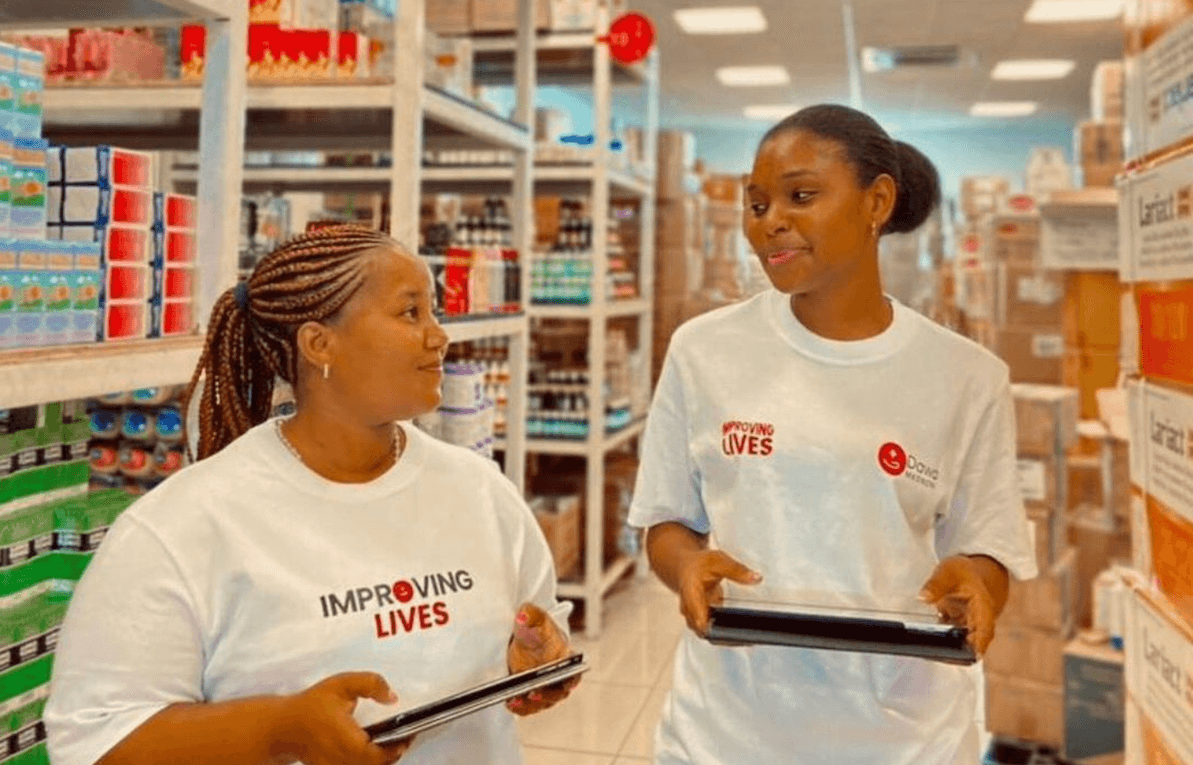Greetings, Agents of Impact!
Signals: Ahead of the Curve
Making ESG matter. The goal seems straightforward enough: assess and compare how companies use natural, human and financial capital to provide their products and services, and how their “externalities,” positive and negative, affect society. In practice, producing reliable and comparable data about corporate environmental, social and governance, or ESG, performance has been anything but simple. Even consultants that advise companies on ESG strategies are skeptical that current data accurately capture a firm’s performance. That makes the mounting evidence of positive correlations with better management (and, arguably, long-term returns), all the more surprising. Imagine what meaningful and reliable data might show!
Harvard Business School’s George Serafeim teamed up with Sakis Kotsantonis of the consultancy KKS Advisors (Serafeim is a co-founder) to reveal “The Four Things No One Will Tell You About ESG Data.” Improving the quality of information is essential both for companies to be able to integrate environmental and social performance into their operations, strategies and executive compensation, and for investors to be able to reward the leaders and punish the laggards (see “Q&A with Harvard’s George Serafeim: The link between corporate governance and environmental and social impact”).
- Key recommendation: Set absolute, not relative, benchmarks for progress. “Companies around the world have made hundreds of commitments on deforestation and their environmental ‘performance’ may well have increased as a result of their initiatives; but that hasn’t stopped forests from disappearing,” the authors write. Relative rankings admit poor performances into many “sustainable” ETFs and mutual funds, as long as their peers perform worse. “Setting predefined ranges of performance for ESG metrics provides a way to assess the real impact of a company to the external world” (listen in to ImpactAlpha’s podcast, “If ESG is so great, why is the world going to hell?”).
- Core priorities. Serafeim and Kotsantonis advocate for the adoption of baseline indicators and metrics on the most important ESG issues, such as climate change, labor conditions, and diversity. For climate, data providers could calculate requirements to meet the Paris climate agreement’s goal of keeping global temperature increases below 2 degrees Celsius, “and calculate for each industry what the absolute level of good performance means.” Such clear goals would give companies “a clearly defined pathway to future-proof growth by specifying how much and how quickly they need to reduce their greenhouse gas-emissions.”
- Standardize data. The authors’ sample of 50 Fortune 500 companies found at least 20 different ways of reporting employee health and safety data, with different terminology and different units of measure. That even though employee health and safety is a “material ESG issue” for nine out of 11 sectors included in the Sustainable Accounting Standards Board’s industry-specific framework.
- Self-organization. Industry leaders have an incentive to drive meaningful reporting. The Edison Electric Institute assembled U.S. investor-owned electric companies to develop investor-driven ESG reporting templates and spreadsheets. KKS, backed by the Rockefeller Foundation, is convening industry groups “to promote pre-competitive collaboration among companies to solve common sustainability issues” and agree on ESG metrics.
- Share this post.
Dealflow: Follow the Money
London Zoo partners to bring pay-for-success to animal protection. The new “rhino bond” would be the first impact bond geared toward animal welfare. The Zoological Society of London is teaming with Conservation Capital to raise a $50 million impact bond to protect Africa’s black rhino population. Black rhinos are a critically endangered species due to poaching, with a population of fewer than 5,500. The impact bond’s partners designed the five-year program to boost the black rhino populations in five conservation sites in Kenya and South Africa. The Global Environment Facility and the U.K. government are backing the initiative, which has yet to be marketed to private investors, reports Bloomberg. More traditional bond structures have been used to finance environmental conservation efforts, like a $20 million ocean protection project in the Seychelles. The pay-for-success structure has been applied to several environmental programs in Latin America, D.C., Baltimore and Atlanta and to more than 130 social impact initiatives worldwide. “We see this as a shift in the conservation-funding model,” Oliver Withers of the Zoological Society of London said of the rhino bond. “There is huge scope for this to be used for other species.” Take a look.
Knight Foundation awards $50 million to study tech’s impact on democracy. The funding will support 11 university research projects that explore technology’s influence on democracy and civic trust. The funding comes as tech giants are coming under political scrutiny for their size, use of data and roles as arbiters of information (and misinformation), both on the campaign trail and in congress. “We are flying blind,” Knight’s Sam Gill said. “The absence of good ideas, backed by sound knowledge, is palpable. Solutions are needed, but they must be driven and supported by new ideas, new evidence and new knowledge.” Knight’s $50 million is part of a $300 million initiative investing in journalism and democracy. Five of the projects Knight is backing are cross-disciplinary studies, with an emphasis on fighting disinformation, like Carnegie Mellon University’s research on information manipulation through online platforms and University of Washington’s study on how misinformation and disinformation flow through information systems. Check it out.
Signals: Ahead of the Curve
Blending finance to manage investment risk in the world’s poorest countries. One thing to know about economies in low-income countries like Angola, Senegal, Myanmar, Bangladesh and Zambia: They can grow fast. The estimated gross domestic product growth of the world’s 48 least developed countries was higher than projected global growth last year. Still, investments in such markets carry real and perceived risks that keep much private capital on the sidelines. Public and philanthropic investors helped mobilize more than $9 billion in private capital between 2012 and 2017 by deploying a variety of risk-mitigating and concessional instruments, according to “Blended Finance in Least Developed Countries,” a new report from UN Capital Development Fund. “The risks of investing in fragile and conflict-affected states are high,” write Cordaid’s Izabella Toth and Romy Miyashiro. “While the risks are higher in these contexts, the return on investment could potentially be higher and the impact greater, as access to finance can contribute to inclusive local economic development and hence to greater stability.” What’s working:
- Local presence. The Yield Uganda Investment Fund, managed by Uganda-based Pearl Capital Partners, leverages European Union grants for first lost capital and technical assistance. The fund mobilized attracted EUR 10 million ($11.2 million), including EUR 2 million ($2.2 million) from a Ugandan pension fund. The fund’s local funder manager has helped mitigate potential risks associated with individual investments and is able to provide consistent support to investees.
- Guarantees. One way to mitigate risk is to guarantee against it. The most effective tool public and philanthropic investors have at their disposal are credit and risk guarantees, which have attracted 63% of the total volume of private capital between 2012 and 2017. Angola, Bangladesh, Myanmar, Senegal and Zambia received over half of all private capital mobilized through guarantees. The World Bank’s Multilateral Investment Guarantee Agency is the largest private capital mobilizer, attracting 14% of all private capital in least developed countries.
- Business support. Technical and advisory support to small and midsize companies decreases failure rates and increases likelihood of growth and job creation (see, “Why business accelerators are good investments for global development”). Transactions targeting one or more least developed countries are more likely to deploy technical assistance alongside investment capital than those targeting other developing economies (49% versus 38% of all transactions).
- Share this post.
Agents of Impact: Follow the Talent
UK’s Impact Investing Institute names Sara Gorden, ex- of the Financial Times, as its first CEO… David Chapman, previously with Shoosmiths, joinsPalatine Private Equity as business development manager for its buy-out and impact funds… The Bertha Centre at the University of Cape Town is lookingfor a director of the centre and a senior project manager of innovative finance.
– July 23, 2019











